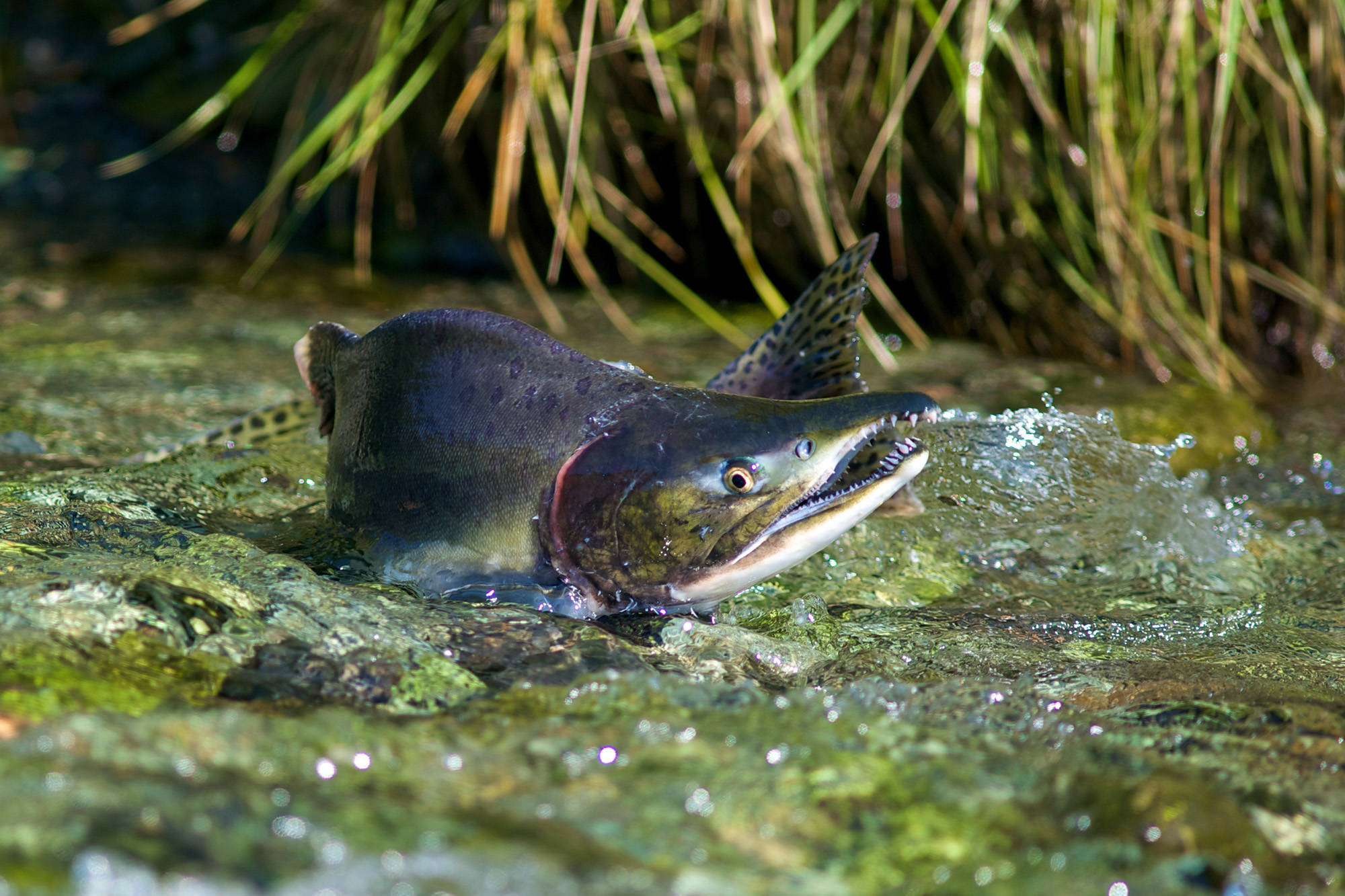One of the first large projects I ever worked on as an engineer involved over two years’ worth of permitting and public input to rebuild Main Street in Petersburg. At the time, it seemed like a long arduous process for a few hundred feet worth of road. But looking back, it was well worth the trouble. The roadway in question was critical to the community’s economic and social fabric. In the end, those two years of work helped to minimize economic disruption, protect the environment, and ensure that the community received the best possible finished product.
On that project, we were required to be responsible. But there are other situations where businesses and developers are left to make their own choices. Standards are ill-defined or don’t exist at all. In these cases, what constitutes responsible development is in the eye of the beholder. “Compliance” may be a factor of how politically connected you are.
Salmon habitat protection is one of those cases here in Alaska. For development around salmon streams, rules are vague and permitted work can vary.
It’s time to level the playing field in order to ensure some fairness. We should be rewarding responsible companies by ensuring everyone has to live up to adequate standards of protection.
That’s why it’s important to update the state law that protects salmon habitat, to encode best practices for businesses working in salmon habitat. Updates that include enforceable, science-based standards for development, are now progressing as House Bill 199 from Rep. Louise Stutes, R-Kodiak, and the Yes on Salmon ballot initiative.
I think most Alaskans are motivated to act responsibly, especially to protect fish and game. They are two of our greatest resources, important to families and businesses alike.
Unfortunately, profit motives sometimes dictate different priorities.
We live with examples of developers who have not pursued a responsible path in the past. Parts of Southeast are littered with legacy mines. The Salt Chuck Mine Superfund site on Prince of Wales Island contaminates water, seafood and public waters in Kasaan Bay.
And there are continuing examples of developers who still aren’t pursuing a responsible path — and getting away with it. The Tulsequah Chief Mine continues to leach toxins into the Taku River watershed and there has been a recent push to expand that project.
The Palmer Project in the Chilkat River headwaters and the Pebble Mine in Bristol Bay’s headwaters are now approaching, with federal authorities promising to fast track Pebble. The governor himself has said the latest Pebble mining plan still doesn’t protect important fisheries and Bristol Bay communities. But under current state standards, there is little to ensure a large project is safe for salmon.
New standards proposed by both the house bill and the ballot initiative would ensure a clear and fair state review process for any large development, to ensure it doesn’t cause significant harm to salmon habitat. This will give businesses a chance to make a thorough case for approval in an Alaskan forum, where decisions about Alaska’s lands and waters should be made.
It’s now up to business leaders, political representatives, and all of us as Alaskans to advance these best practices.
By doing that, we will be making Alaska a better place to live and work — a place we can be proud of between the hours of 9 and 5 and during our off-time.
If we take this important step, our children and grandchildren will thank us for having the vision to strike a long-term balance between economic growth and healthy fisheries.
• Matt McGuan is a civil engineer living and working in Juneau.

